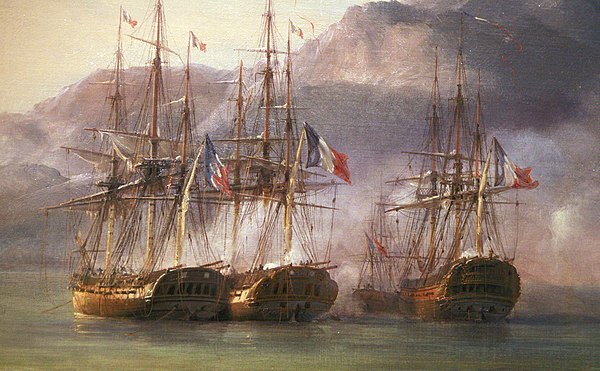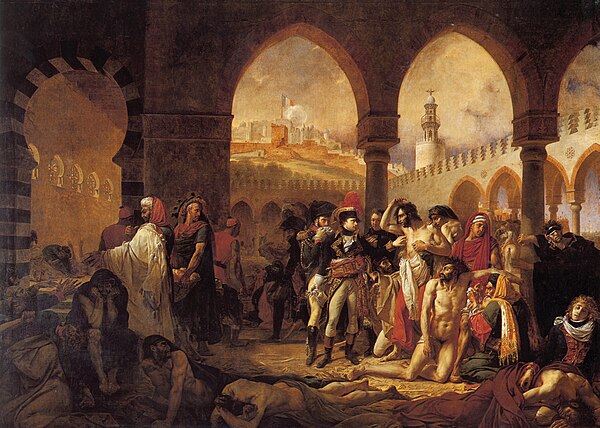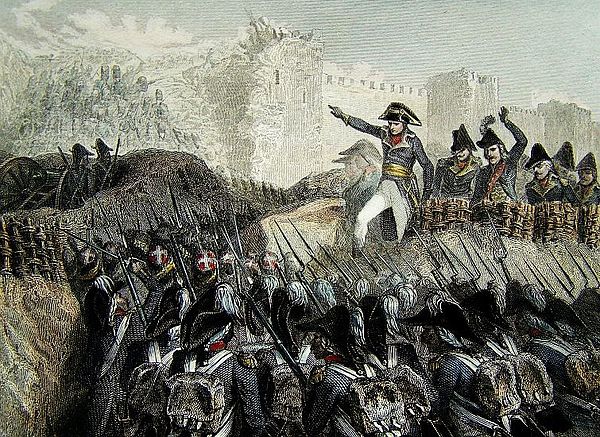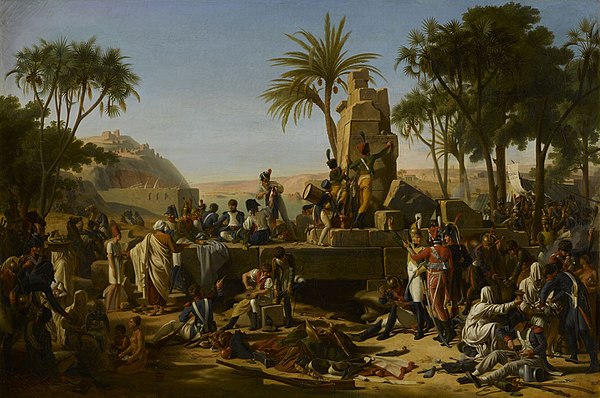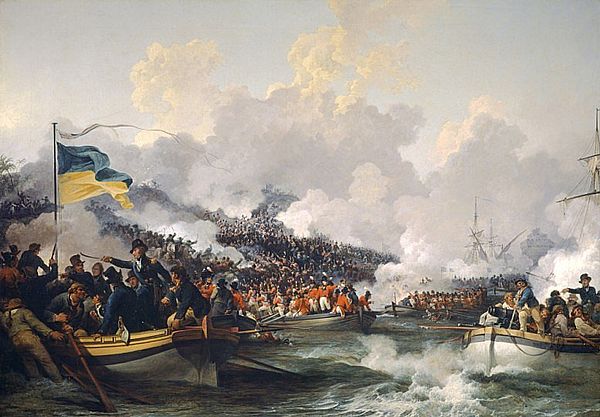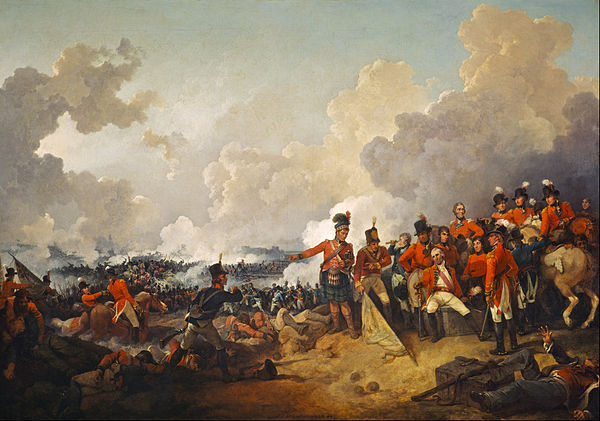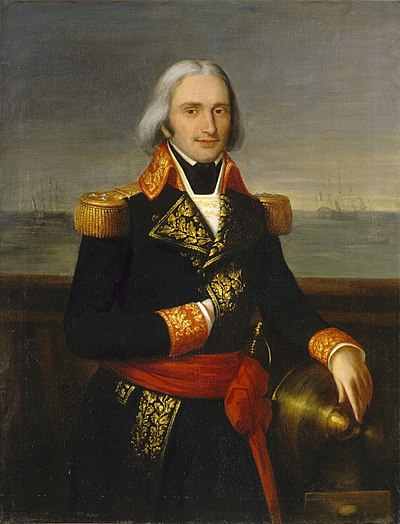
French Campaign in Egypt and Syria
The French campaign in Egypt and Syria (1798–1801) was Napoleon Bonaparte's campaign in the Ottoman territories of Egypt and Syria, proclaimed to defend French trade interests, to establish scientific enterprise in the region and ultimately to join the forces of Indian ruler Tipu Sultan and drive away the British from the Indian subcontinent. It was the primary purpose of the Mediterranean campaign of 1798, a series of naval engagements that included the capture of Malta. The campaign ended in defeat for Napoleon, and the withdrawal of French troops from the region.
On the scientific front, the expedition eventually led to the discovery of the Rosetta Stone, creating the field of Egyptology. Despite early victories and an initially successful expedition into Syria, Napoleon and his Armée d'Orient were eventually defeated and forced to withdraw, especially after suffering the defeat of the supporting French fleet at the Battle of the Nile.
